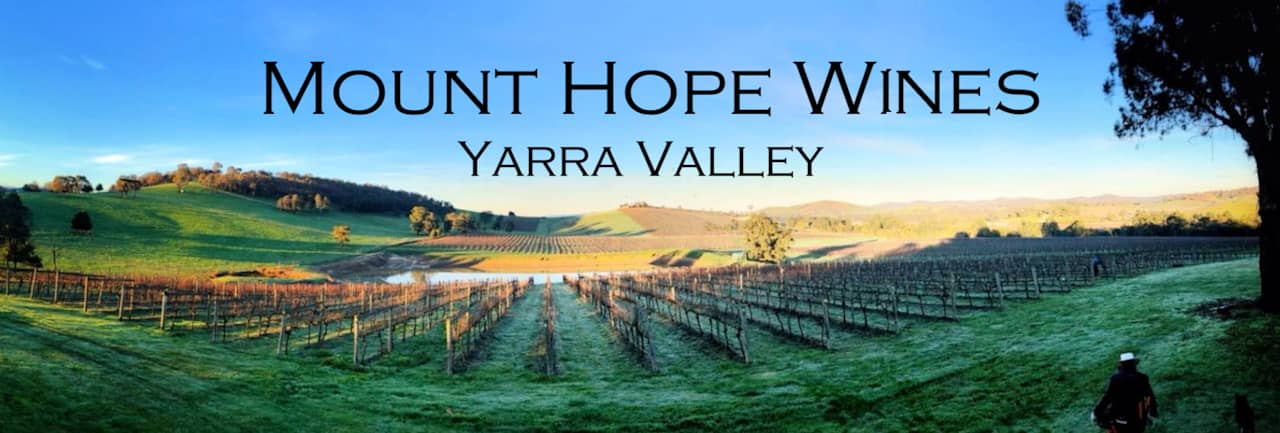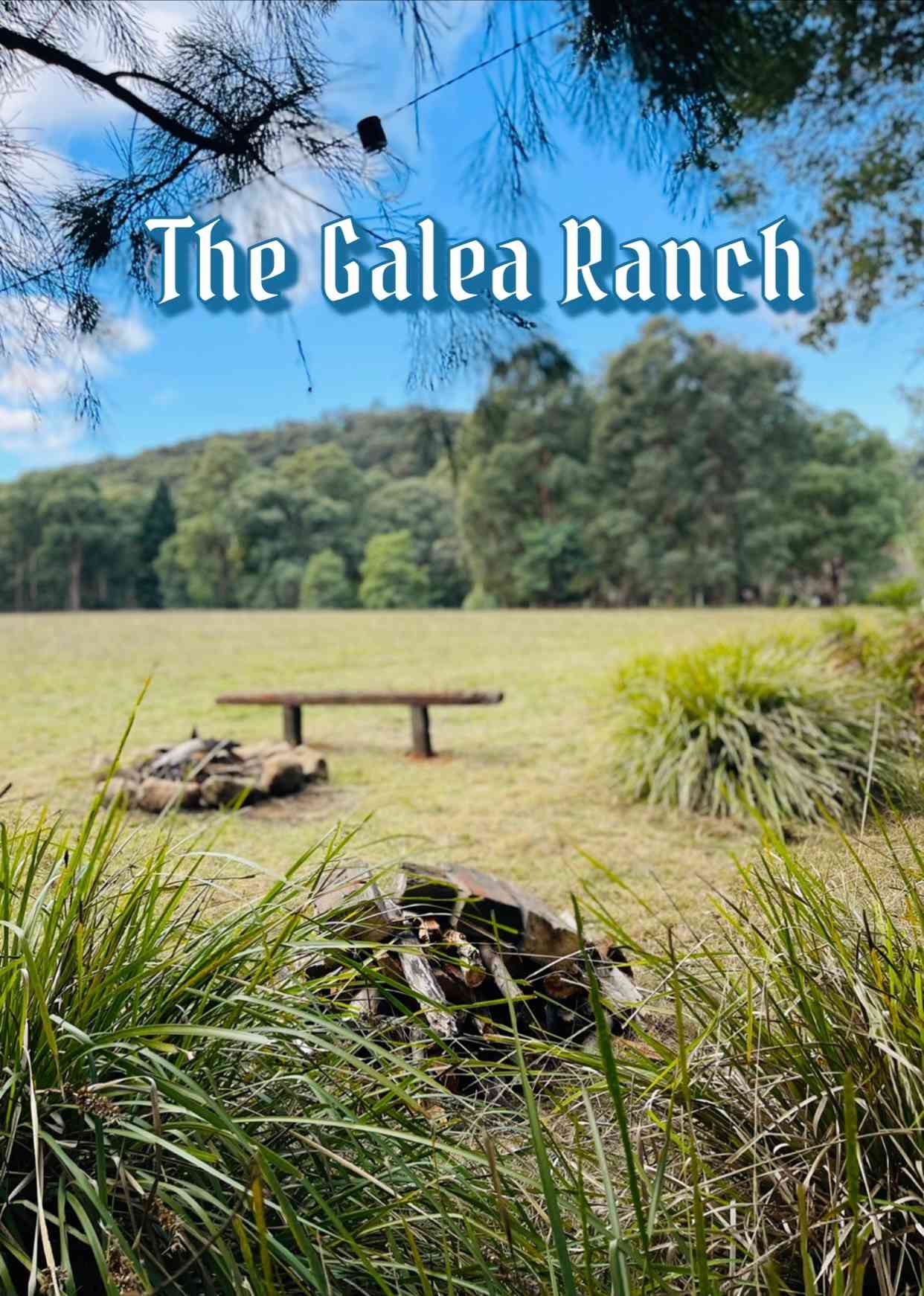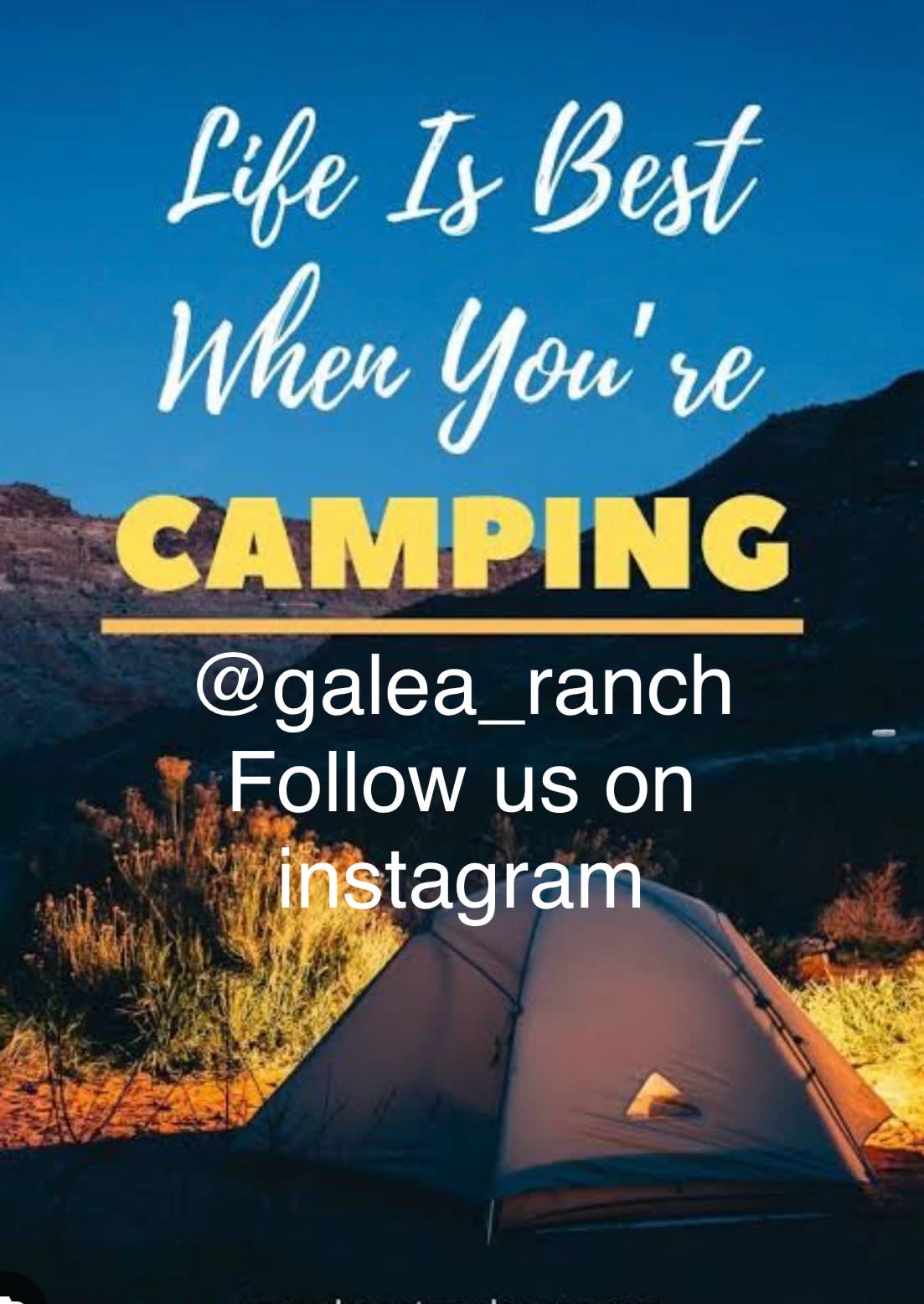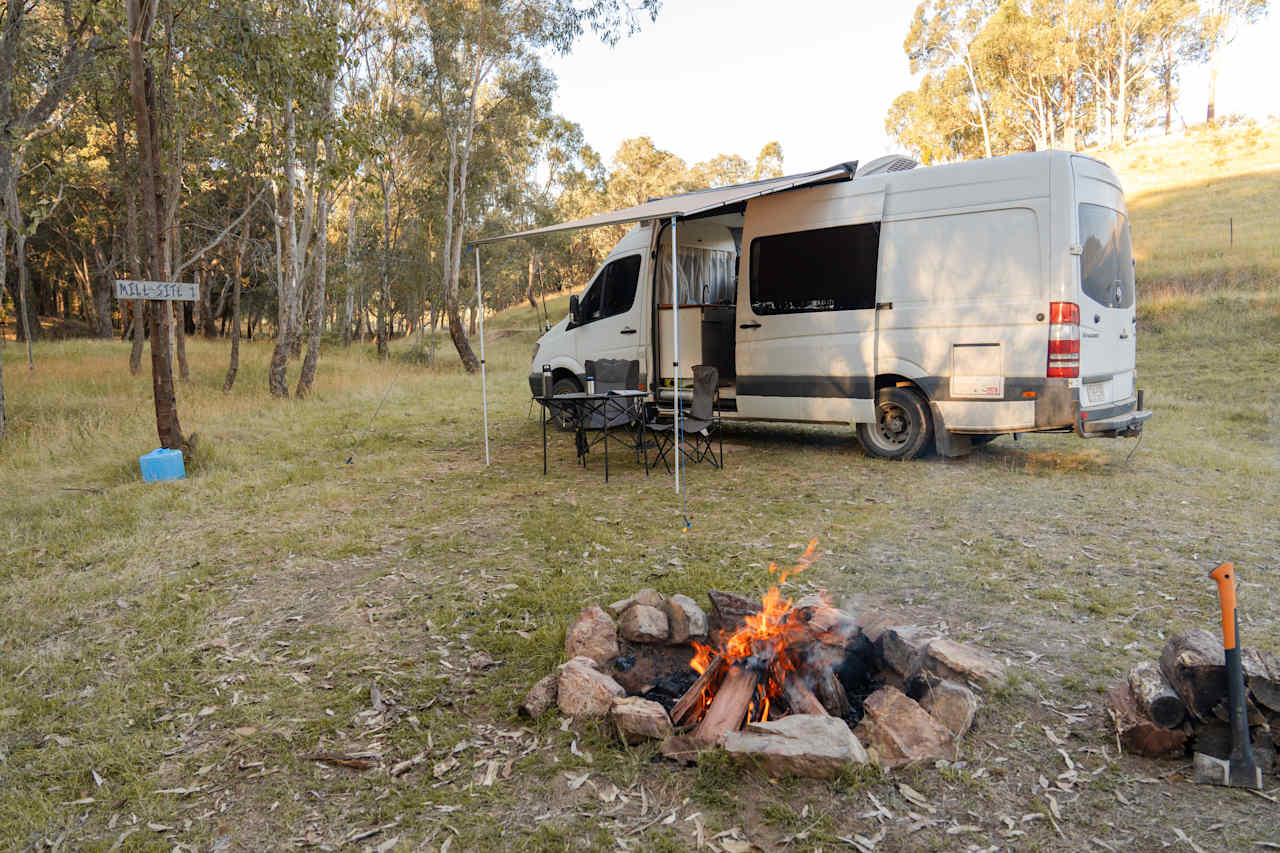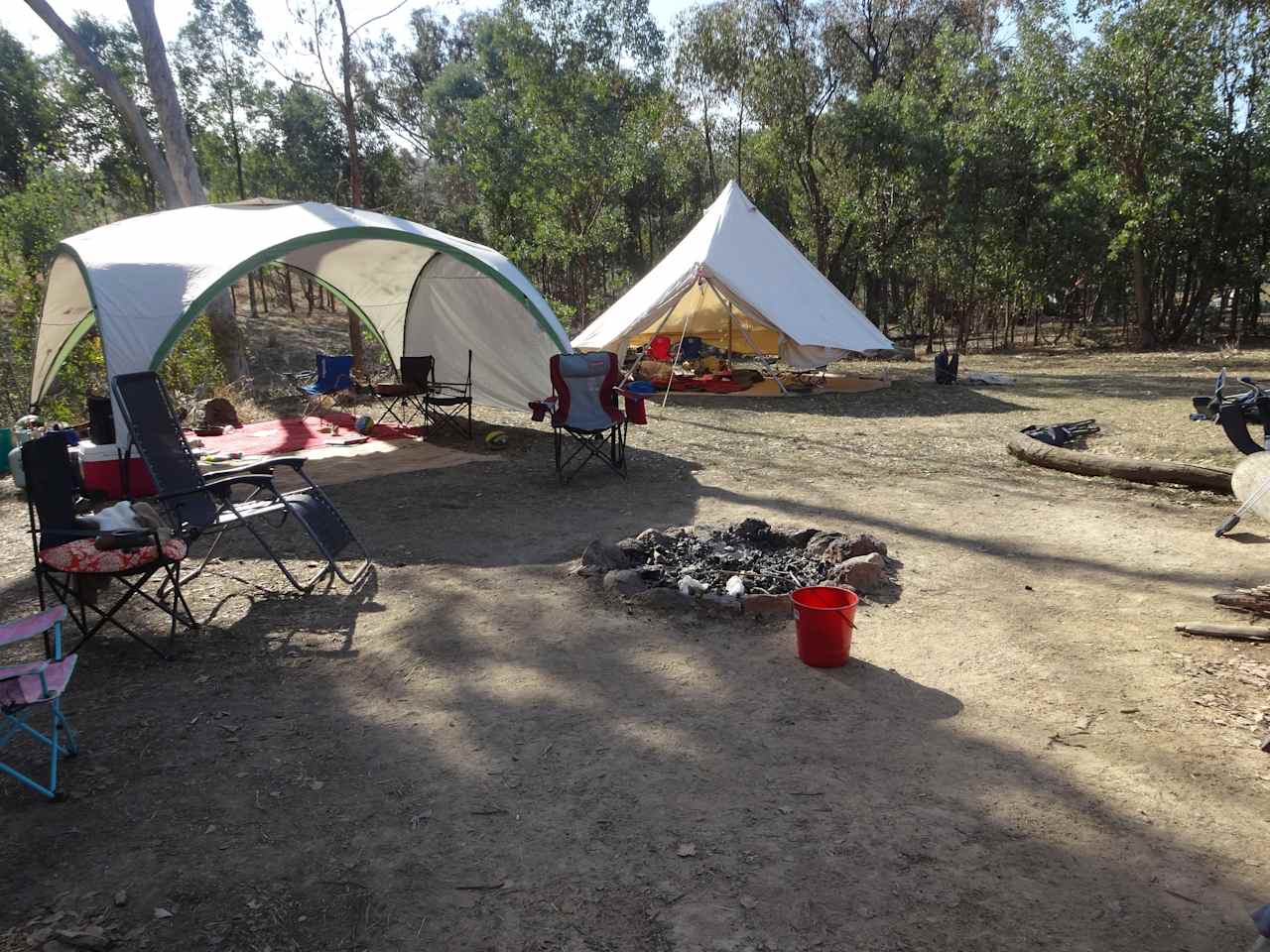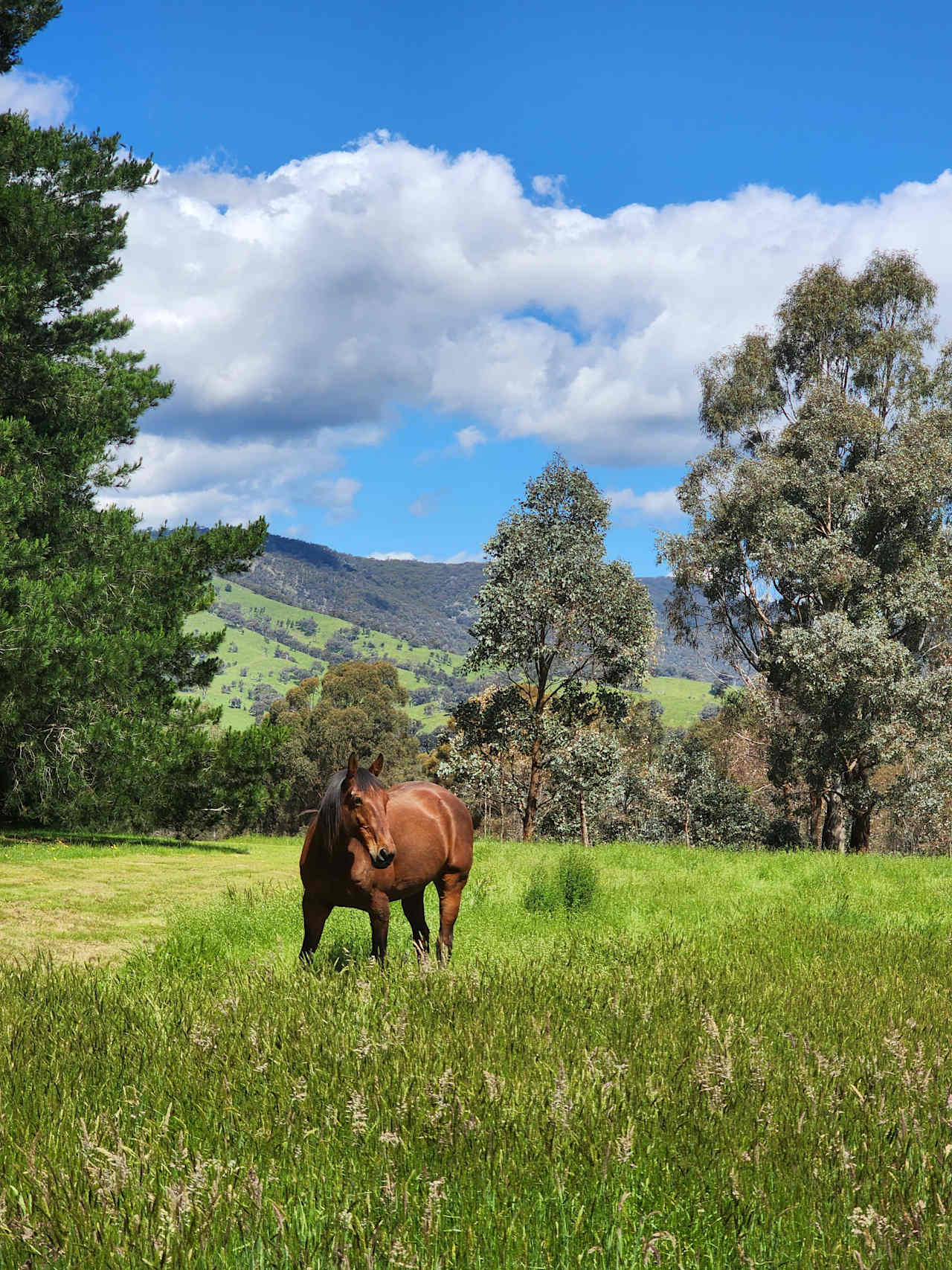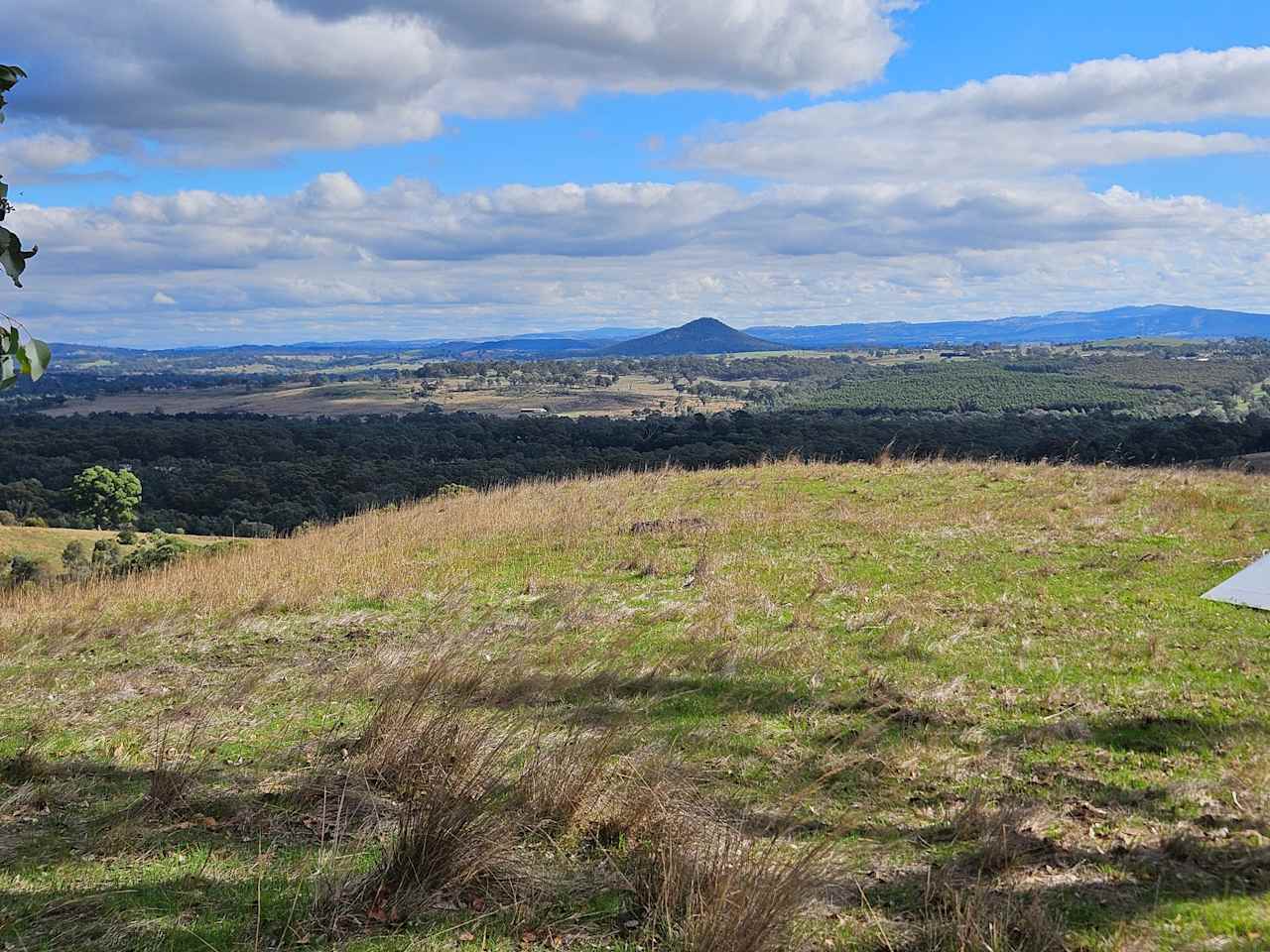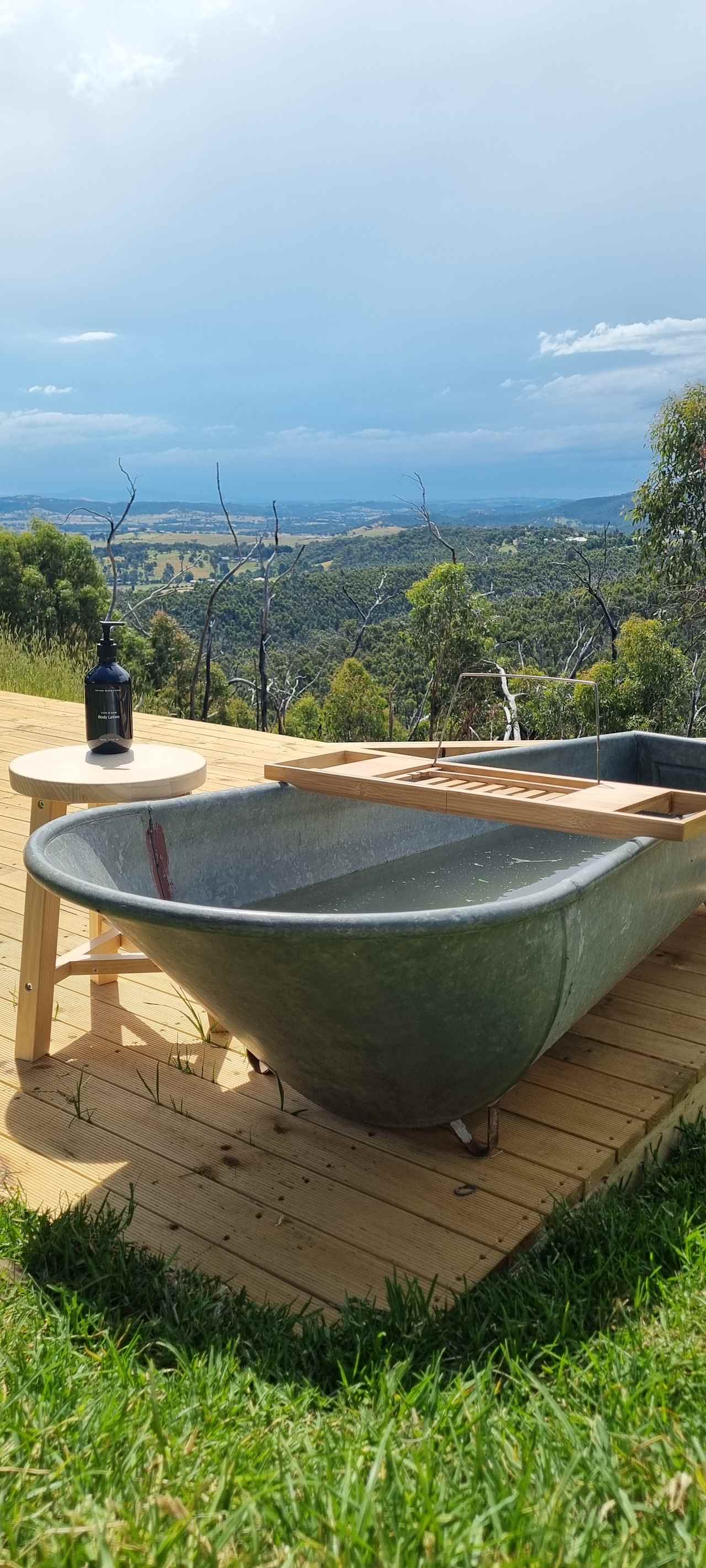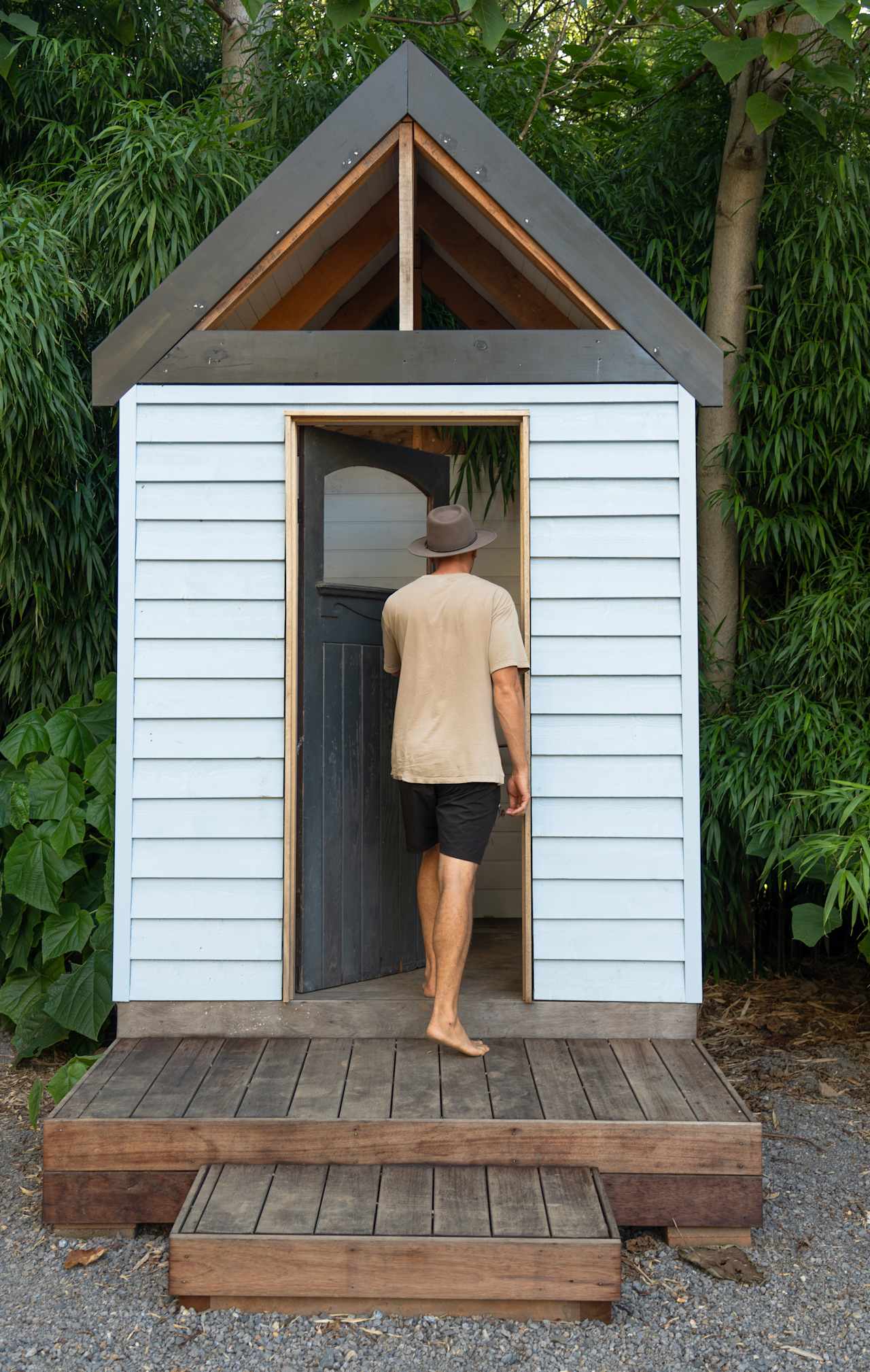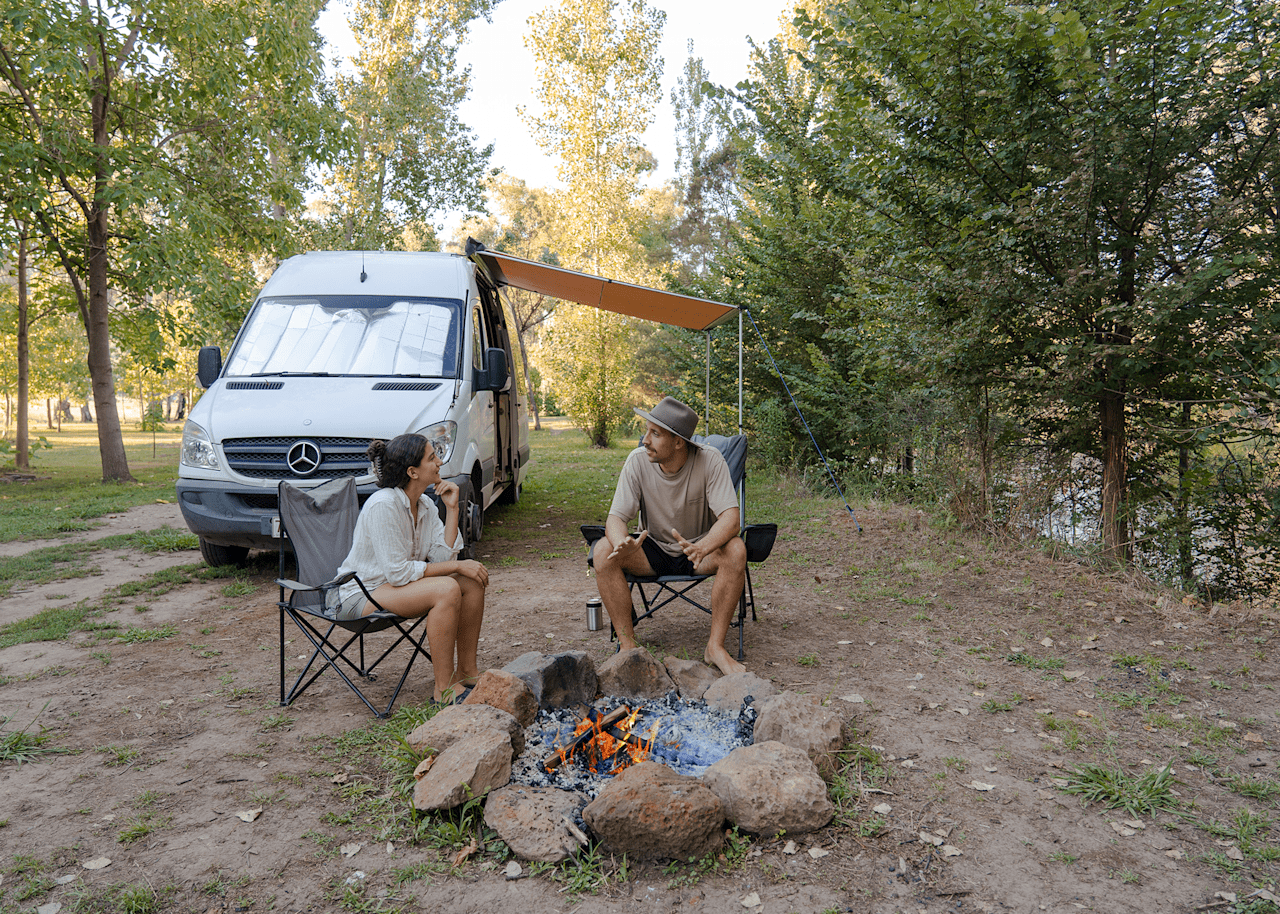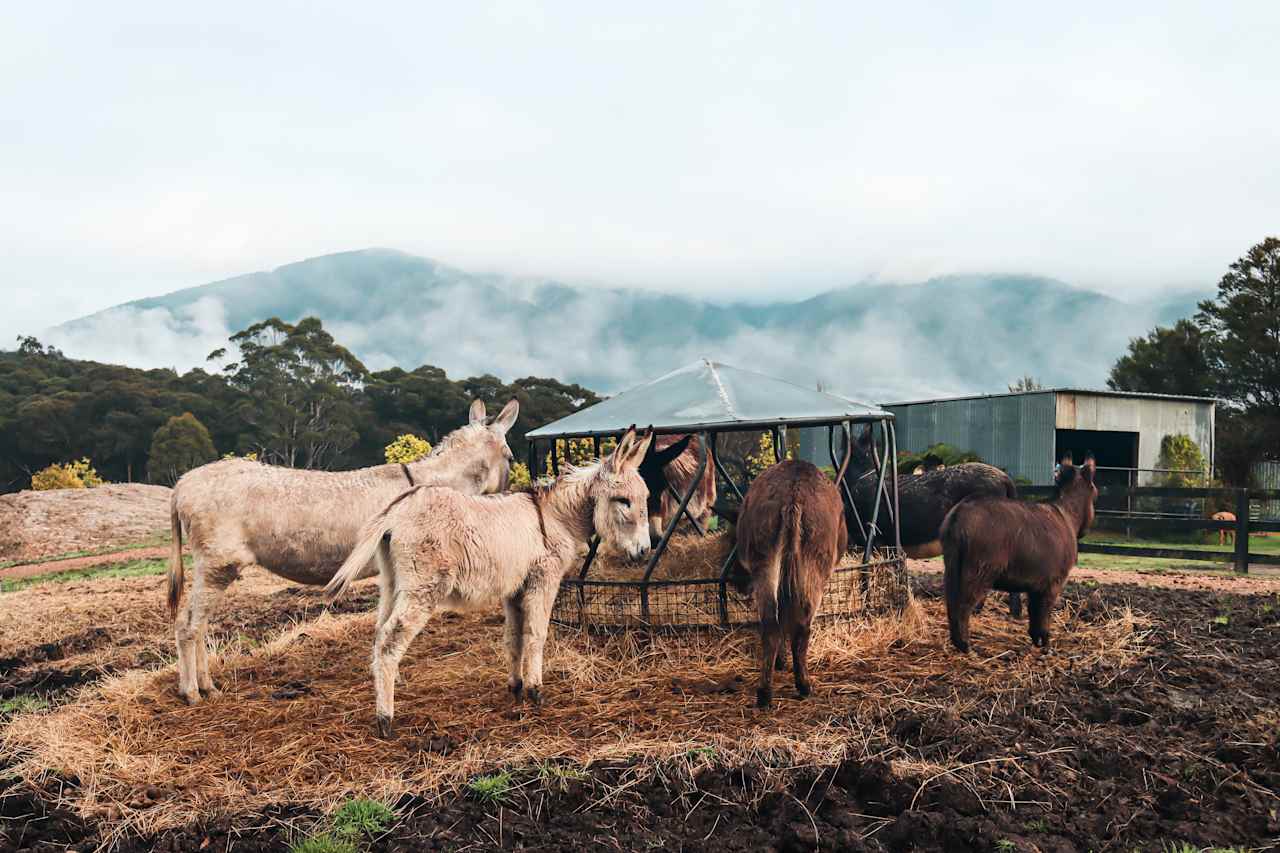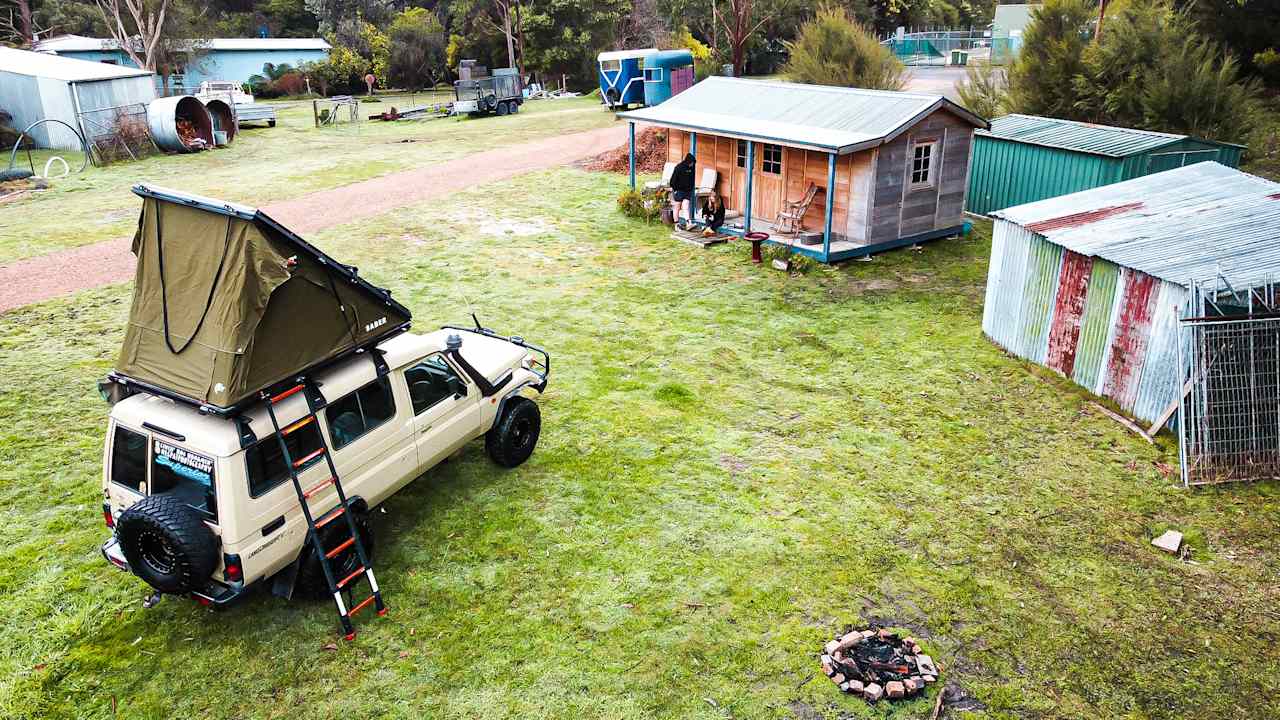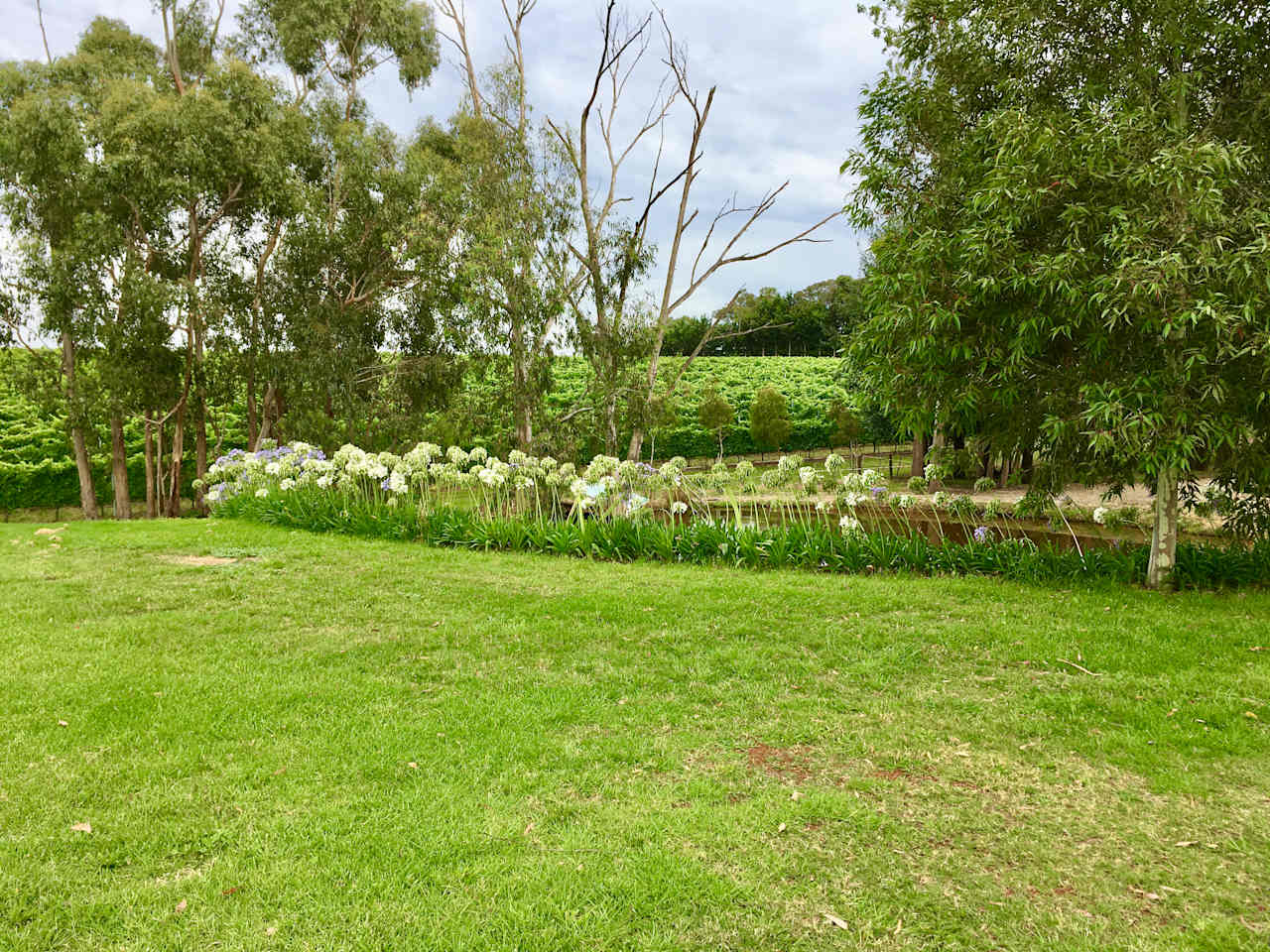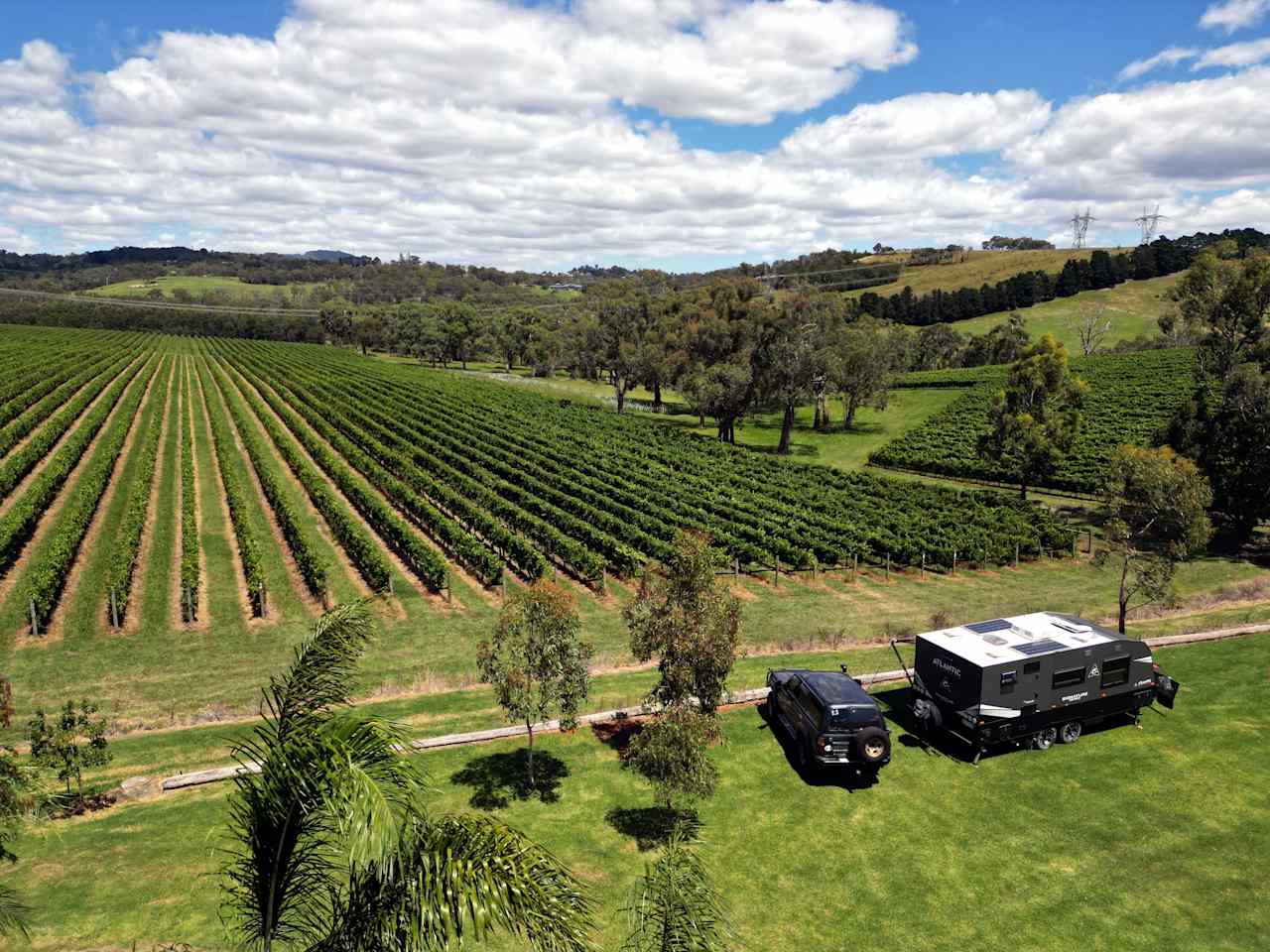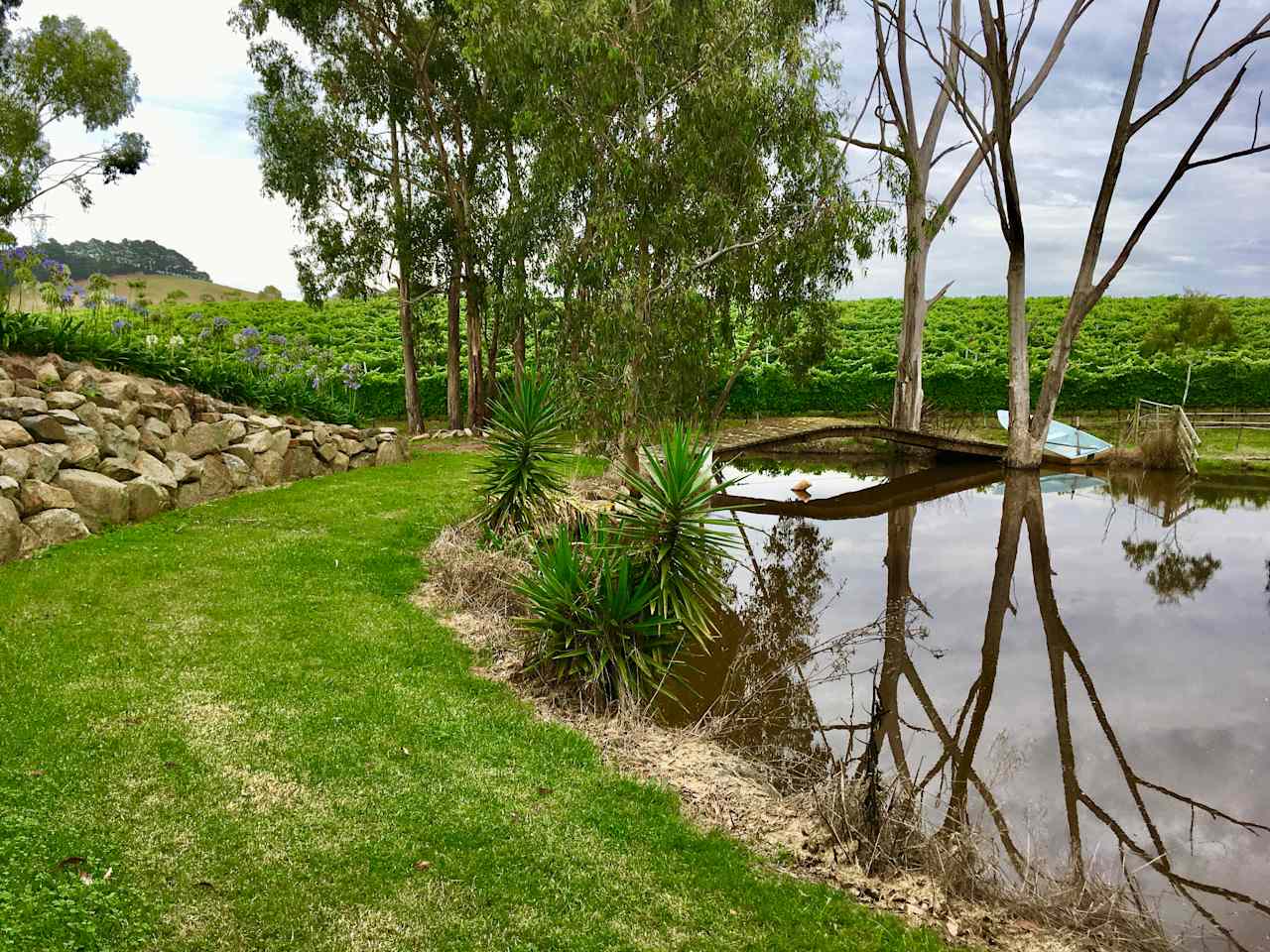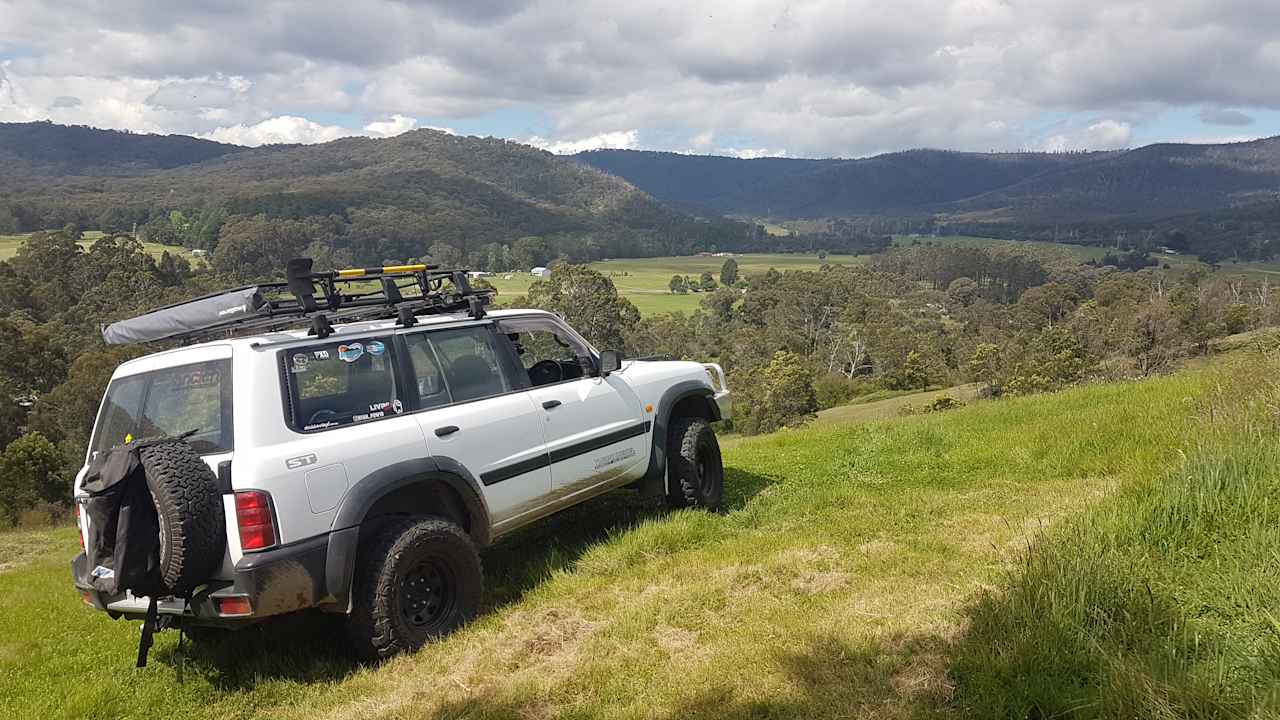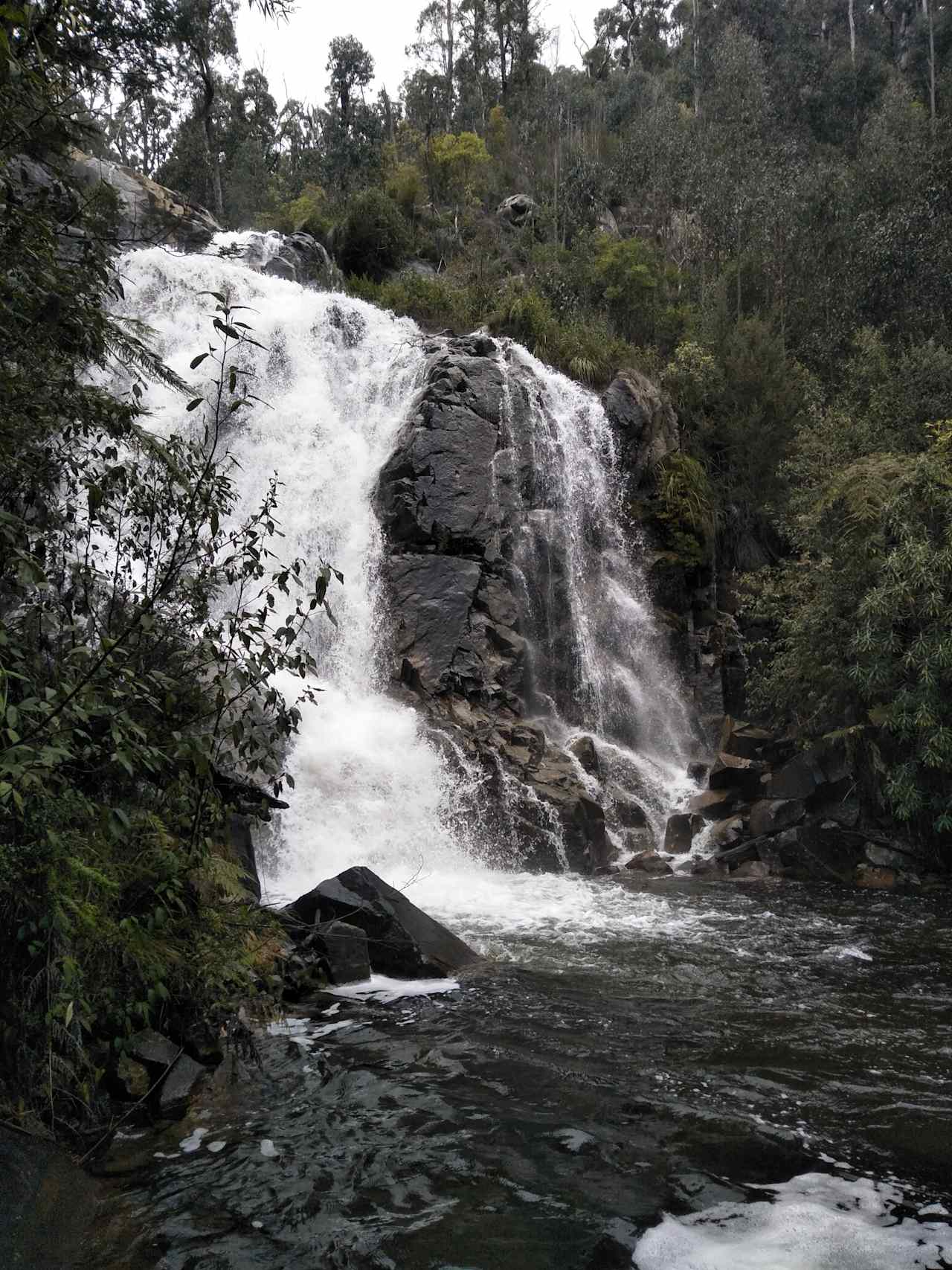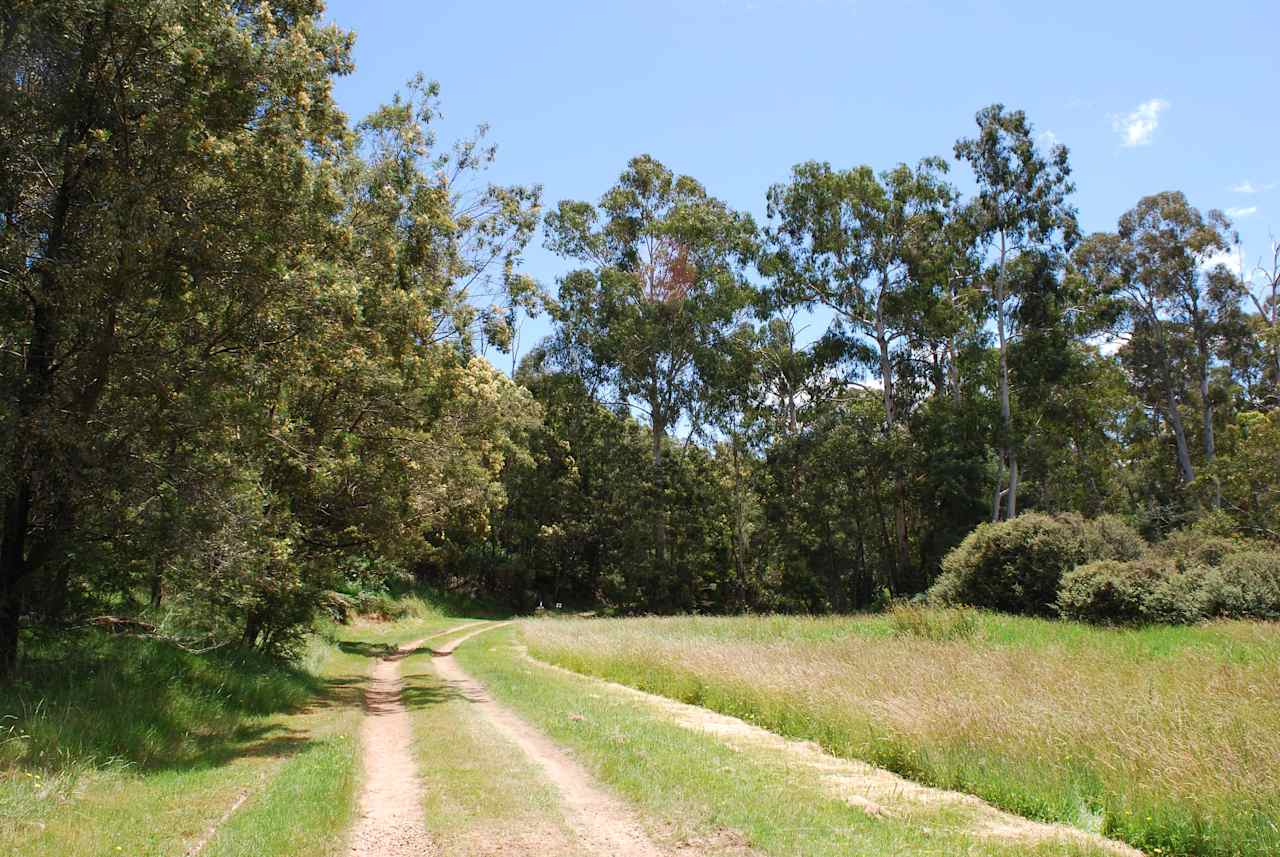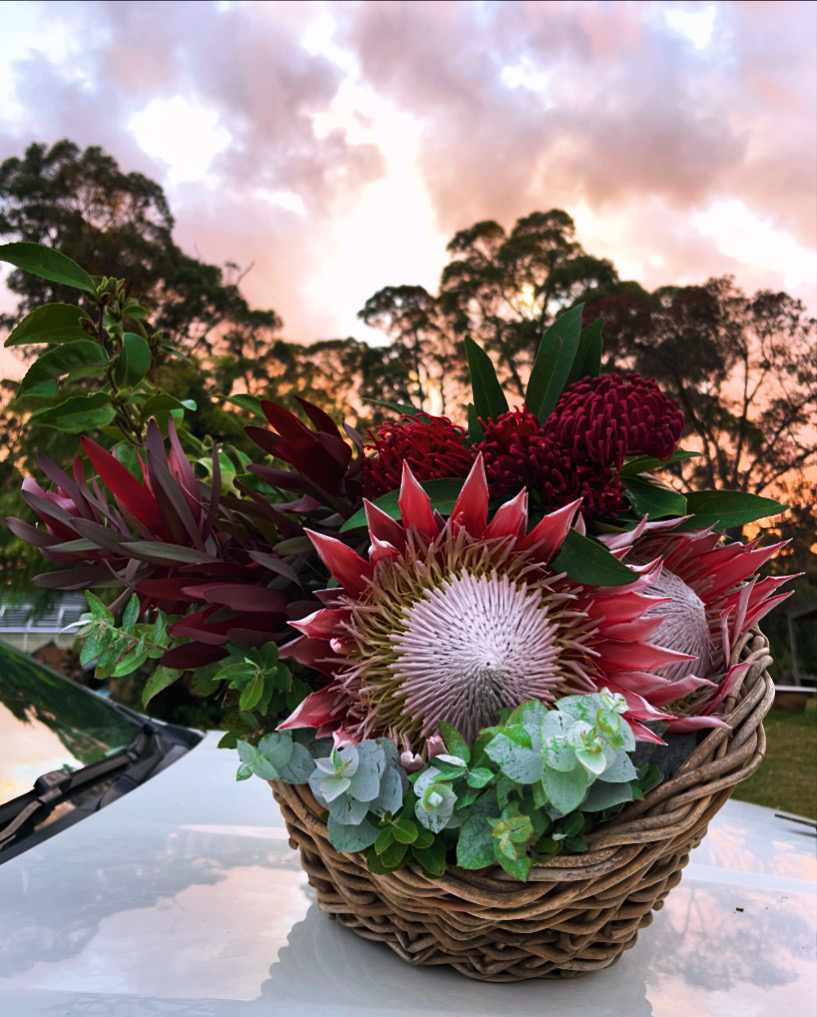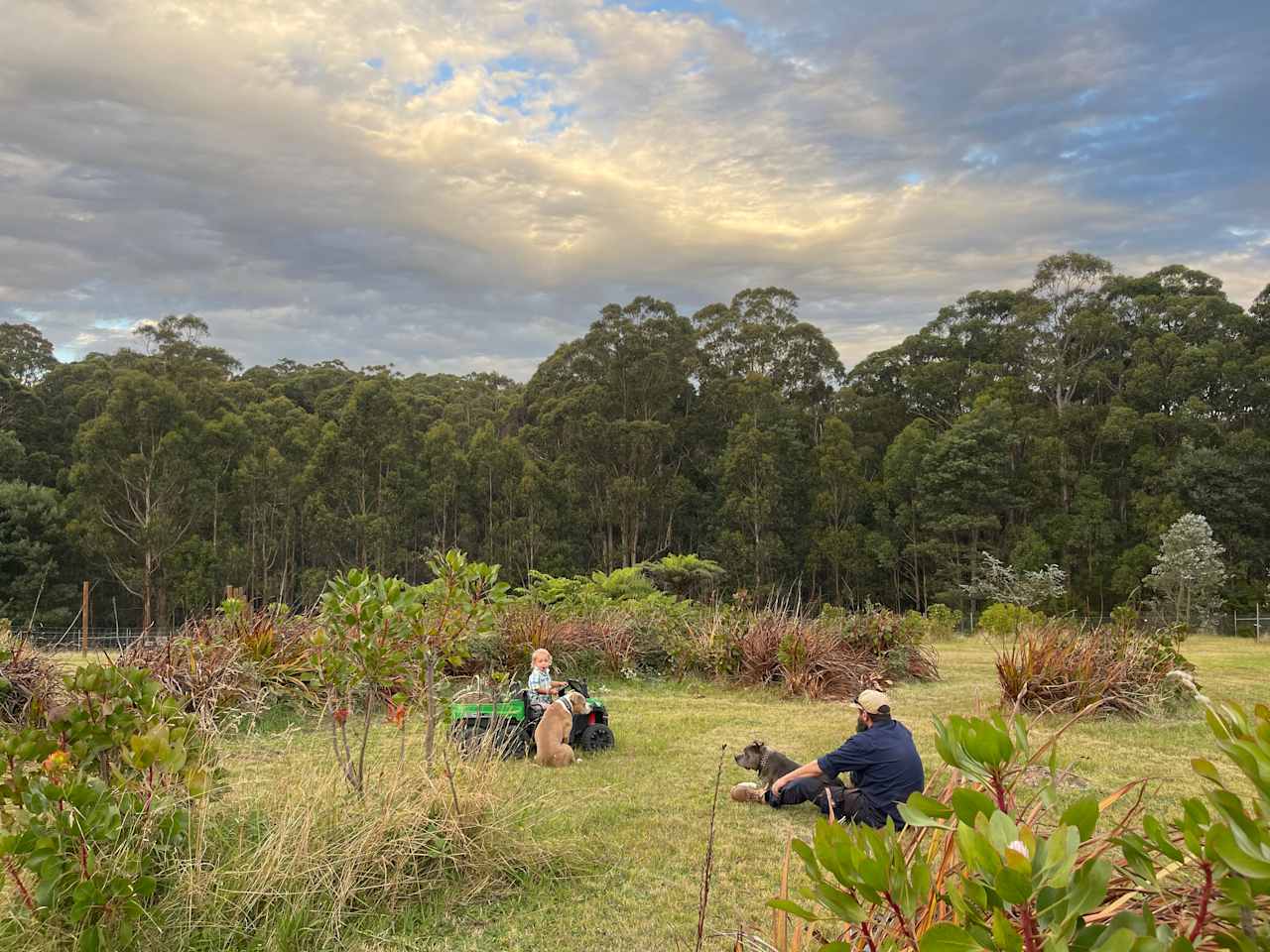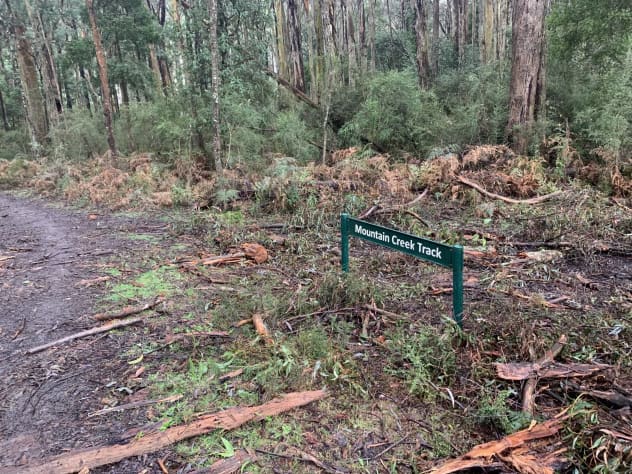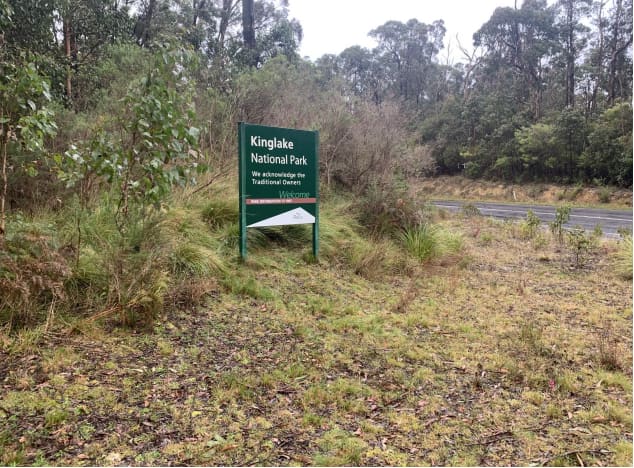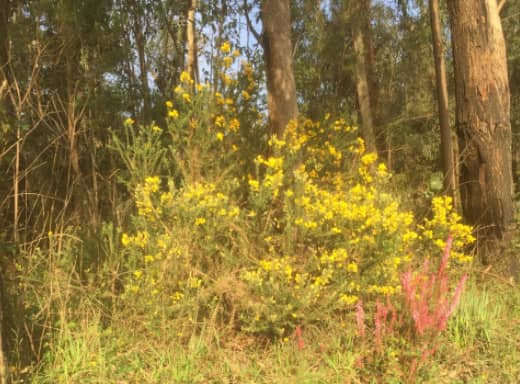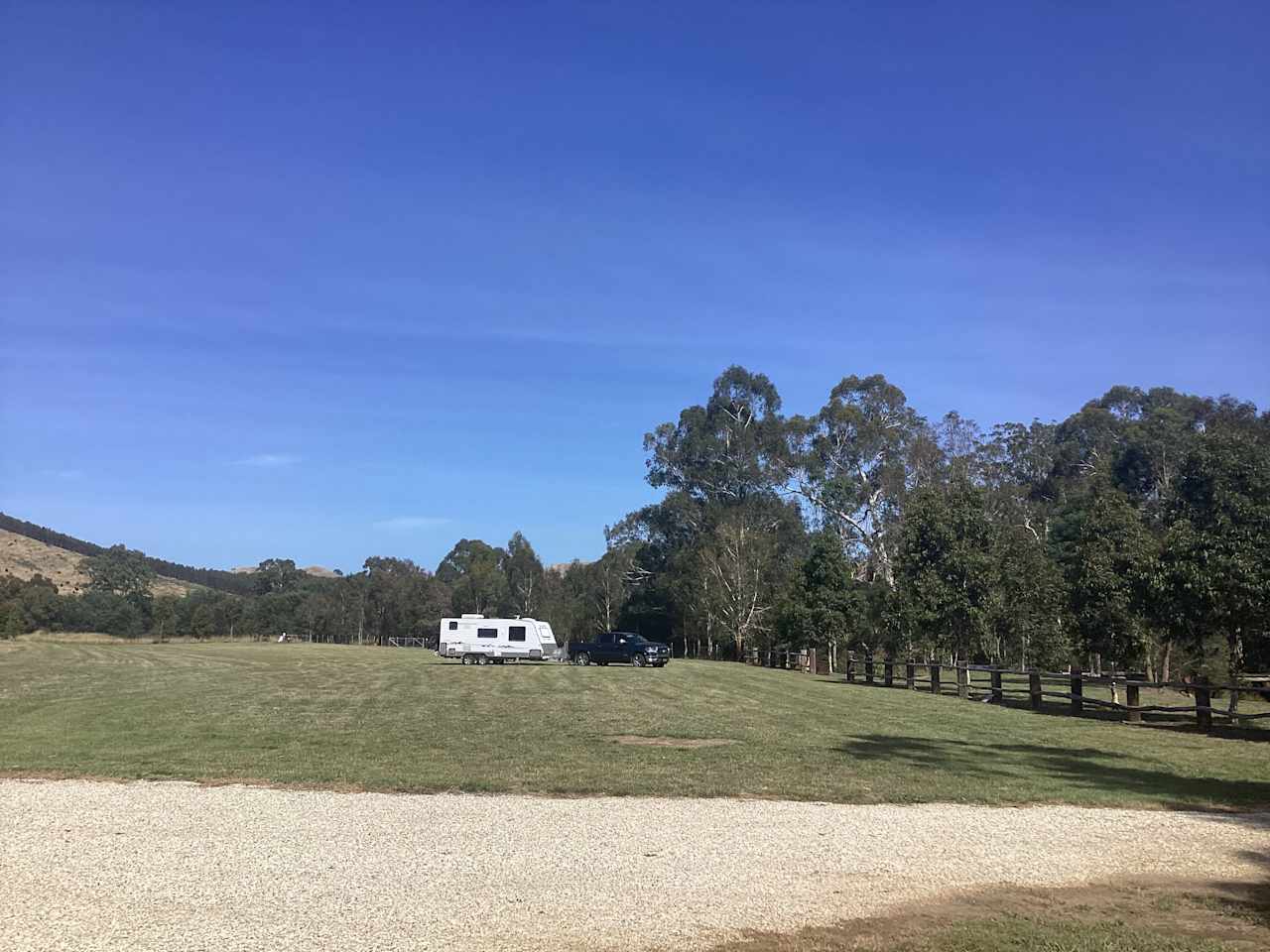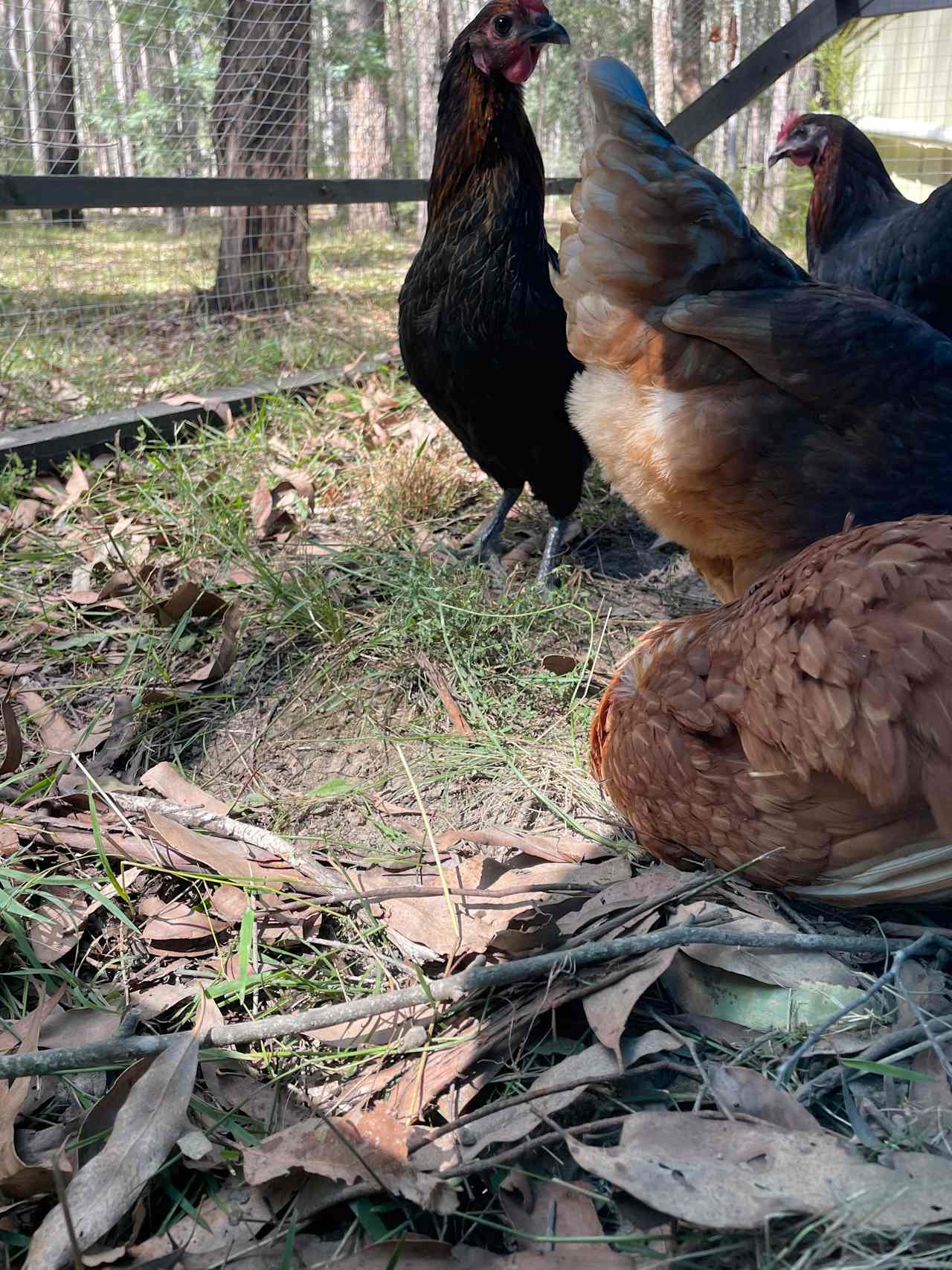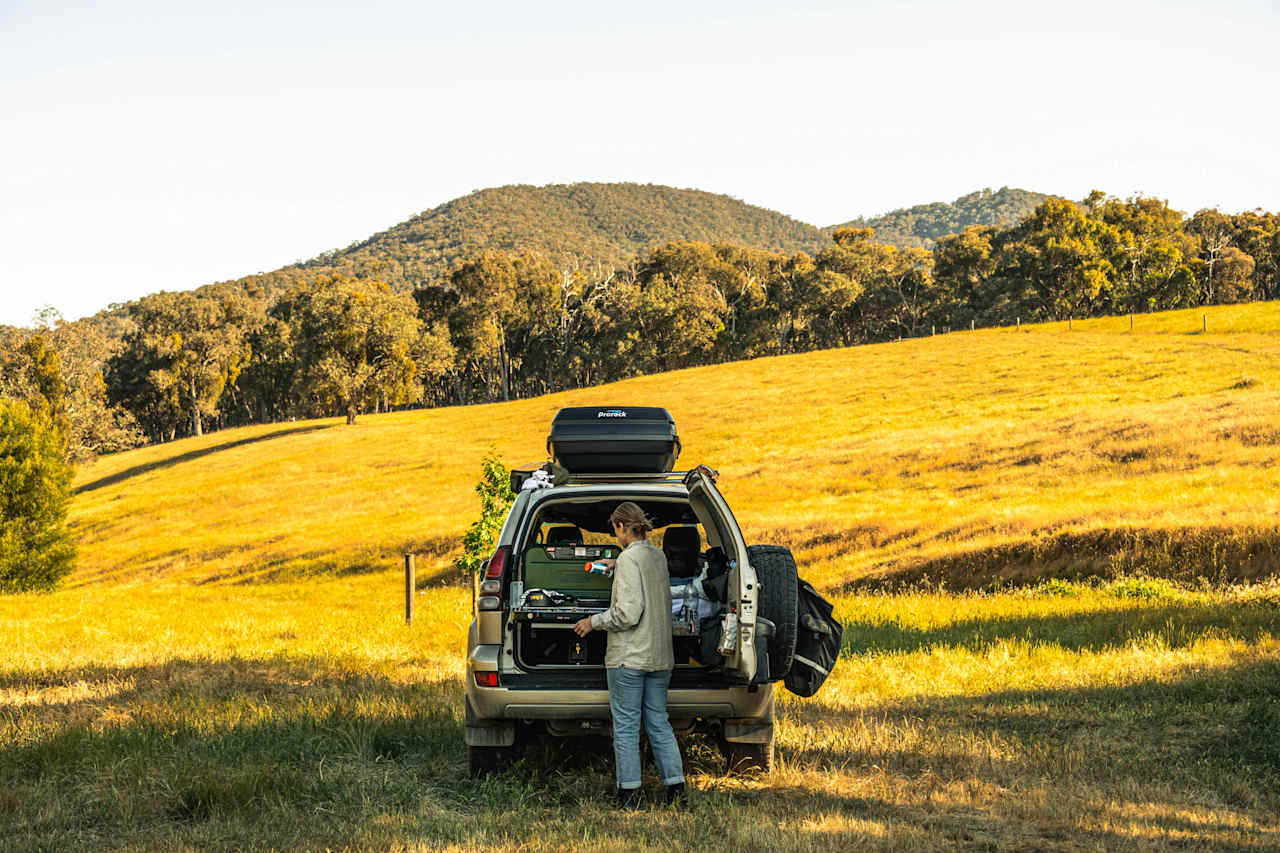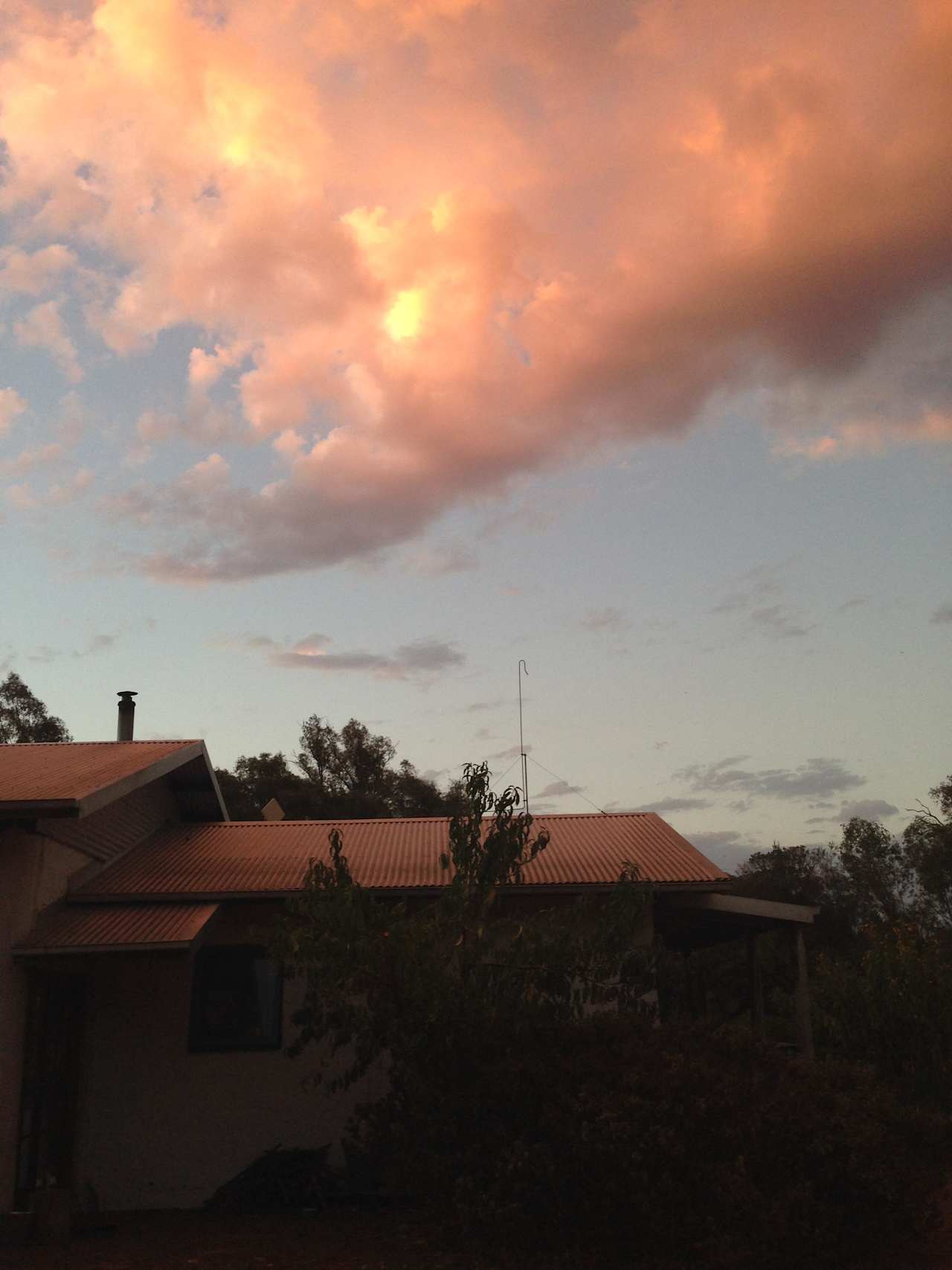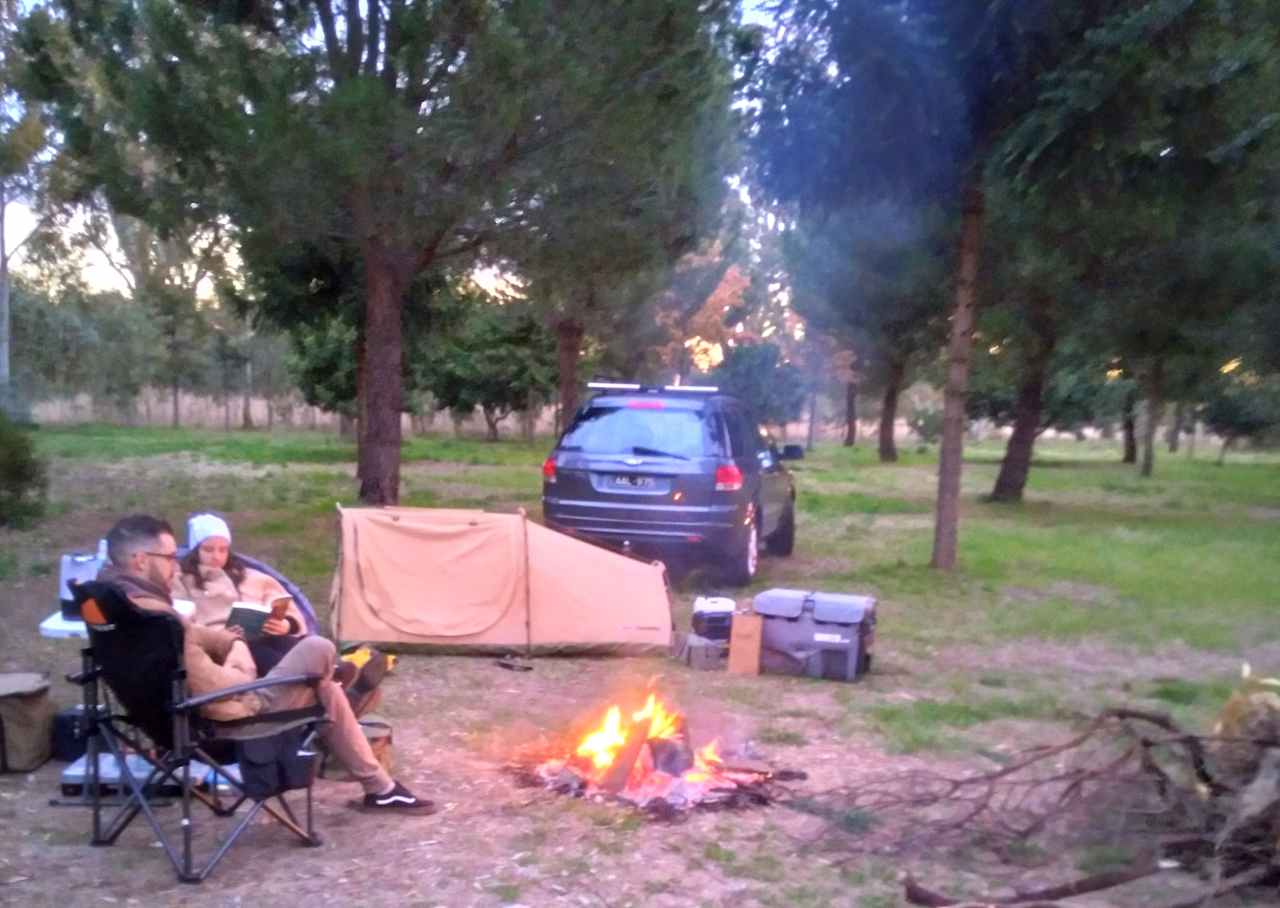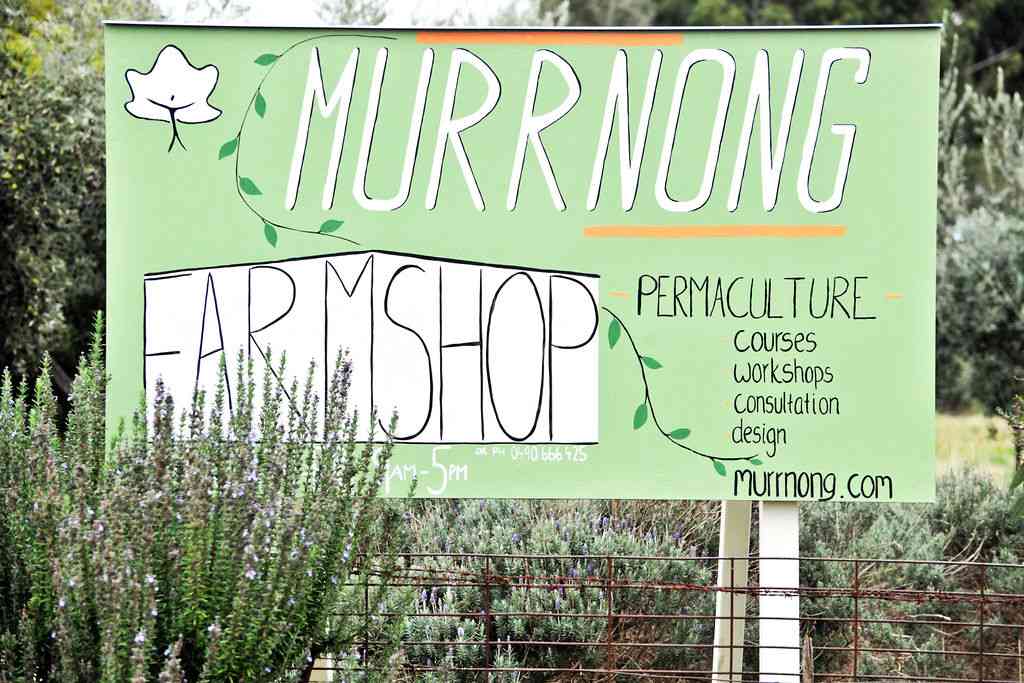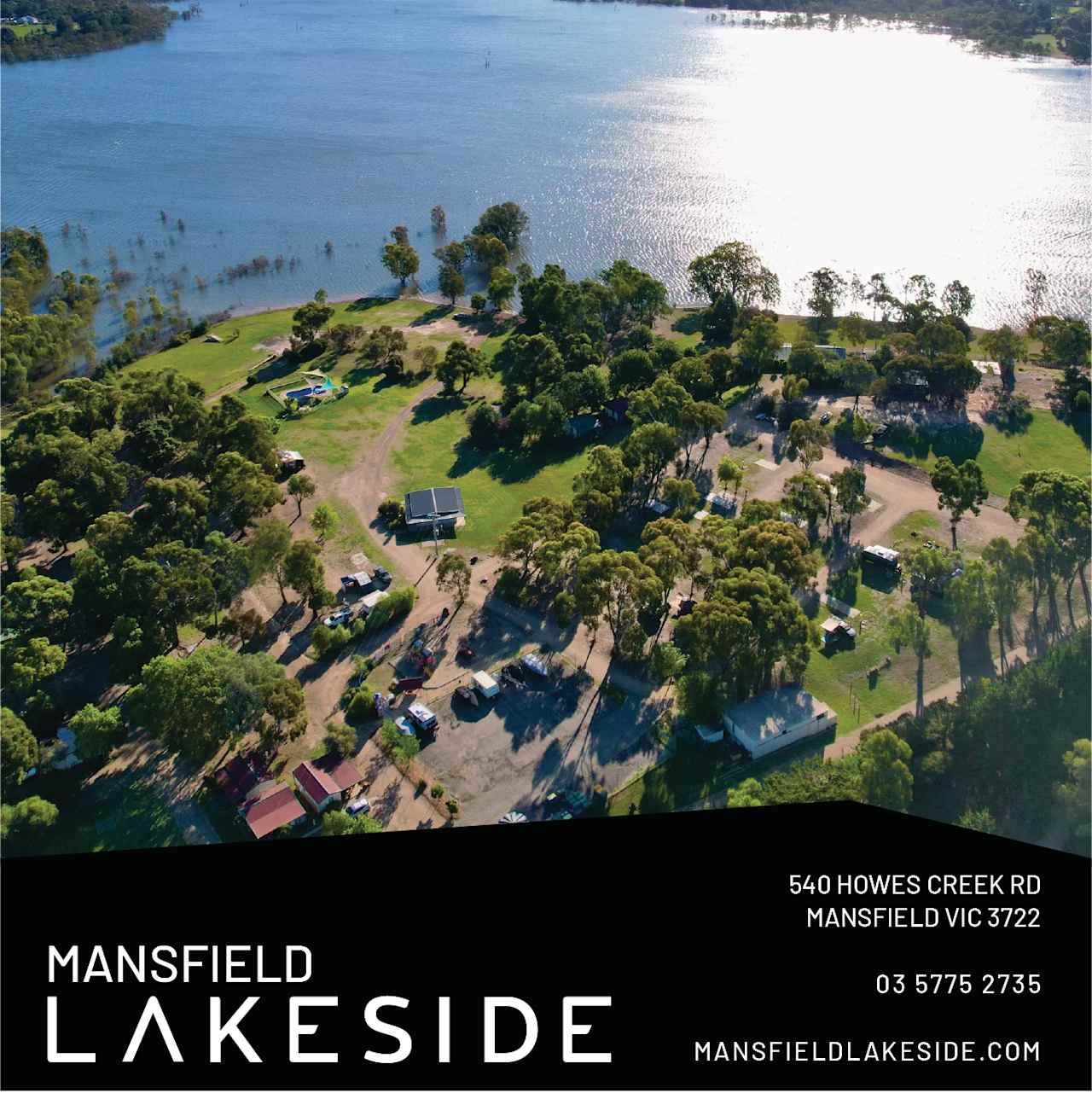The best camping near Lake Eildon National Park
Discover the most magical spots to pitch your tent or park your rig on your next Lake Eildon National Park adventure.
Popular ways to camp
Community favorites near Lake Eildon National Park
Top-rated campgrounds reviewed by the Hipcamp community.
Top-rated campgrounds near Lake Eildon National Park
The best camping near Lake Eildon National Park guide
Overview
About
Camp by Lake Eildon and enjoy a whole world of watersports in a spectacular setting. Go swimming, canoeing, waterskiing, sailing and fishing in the shadow of the Victorian Alps. Enjoy bushwalking or cycling along a network of trails. You'll share the picture-perfect surroundings with kangaroos, wombats and a huge variety of beautiful birds. The park is also an important home for a number of significant species including large forest owls (Powerful and Barking Owls), bats and the endangered Spotted Tree-frog and Brush-tailed Phascogale. Take a day trip to Lake Eildon or stay overnight at one of the picturesque campgrounds. Choose from the well-equipped Devils Cove, Candlebark and Lakeside Campgrounds or the more basic Mountaineer, O’Toole Flat, Coopers Point, Taylors Creek or Jerusalem Creek Campground. Boat, sail, waterski, canoe or kayak on the lake. Bring your own gear or hire from local providers. Take a walk and stop at Merlo Lookout or trek up to Blowhard Summit for unrivalled views over Lake Eildon and out towards Mount Buller or you could stay on a houseboat for a more sedate holiday.
Nearly 230km northeast of Melbourne, Lake Eildon National Park is where families and regulars head to enjoy water-based activities, hikes and wildlife spotting. The star magnet is Lake Eildon, a massive lake where fishing and watersports—waterskiing, jet-skiing, and kayaking—are hugely popular. Visitors can also hike to lookouts and former gold prospectors’ settlements and spot kangaroos, wombats and parrots, or visit small, local townships such as Alexandra and Eildon. The park’s principal camping grounds are located around the lake and most have amenities including toilets, picnic areas, and BBQs (fire pits). All are accessible by road, except for a few remote bush camps to which you must hike or boat.
Notable campgrounds
- Best for families: Candlebark Campground (part of the Fraser Camping Area) has toilets, showers and gas BBQs. Good walking and cycling trails are nearby. A bushwalking track links Lakeside Camping Ground. Wombats, kangaroos and parrots visit frequently.
- Best for boats: Lakeside Campground (also part of Fraser Camping Area) has a boat ramp; this is one of the lake’s easiest access points to deeper water (note: the lake level can drop dramatically, and may be between 30 to 90 percent full at any given time).
- Best for nature: Candlebark Campground has walks galore, from between short 2km strolls to longer 10km hikes. You may spot kangaroos, wombats, kookaburras, and Eastern rosellas. Jerusalem Creek provides a wonderful bush camping experience. Real adventurers can hike into O’Toole Flat.
Tips for Snagging a Campsite Reservation
- Booking is essential via the Parks Victoria website www.parks.vic.gov.au. For assistance call Parks Victoria on 131 963.
- Reserve well ahead for summer (December and January), Easter, and Victorian school holidays, the busiest times of the year.
When to GoLake Eildon National Park is open all year. It’s busiest in late December to end January, during the summer months. Easter holidays draw big crowds, too. During these times, Lakeside can get a bit noisy with motors and celebrations revving high. Water levels tend to be highest from October to mid-December.
Know Before You Go
- Lake Eildon National Park is approximately three hours (229km) northeast of Melbourne. You can buy most supplies in Eildon township (note: camping gear is limited, however). Fires are permitted in the supplied fire pits only; campfires are prohibited.
- Bring your swimming costume for some great lake plunges! And don’t forget the fly repellant.
- There’s no shops in the park; it’s best to buy supplies at the nearby townships of Alexandra or Eildon.
- Dog and pets are not permitted (except for Jerusalem Creek, where dogs are allowed on a lead).
- Lake Eildon’s campgrounds don’t have wifi and limited mobile phone coverage only.
- Conditions can change regularly. Before visiting, refer to the condition report on the Parks Victoria website. This will cover current bushfires, floods, road closures etc.
Top cities near Lake Eildon National Park
- Lake Eildon National Park
